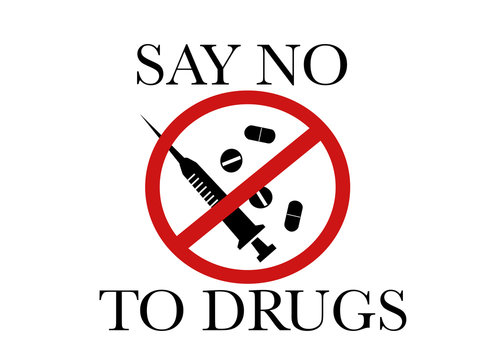
[Alpine Recovery Lodge]
Good Morning everyone!
In this blog post, I want to discuss a lesson from Stanford Medicine’s Safety First Program titled: The Body’s Response to Cocaine.
First of all, what is cocaine? According to the lesson; Cocaine is a stimulant that can give you the impression of being more alert and energized. However, it can also cause you to feel agitated, grumpy, nervous, scared, and suspicious. It may potentially result in a coma, heart attack, or stroke.
The lesson begins by explaining to the teacher and students what cocaine is, what it looks like, the legality of it, and other small facts. Next, it explains why people use the drug, how it works with your body, and how it is addicting. Finally, the lesson ends by giving a graph on the different parts of the body cocaine affects, either short-term or long-term, and the symptoms of overdosing.
What I enjoyed about the lesson is how it is presented, the words are made easy to understand for the intended grade levels, and the student booklet looks more eye-catching and less boring. I also enjoyed how the lesson gives advice to students on how to refuse cocaine and other drugs, and gives resources if a student knows someone addicted to this drug and how they should report it.
However, I feel there are a few weak points in the lesson that could be worked on to make it more informative and engaging to students. One example is the lack of statistics and graphical data to explain more details further. I feel that adding graphs, pictures, and stories can give students a better understanding of the material presented as it illustrates real-world examples.
If I was teaching this lesson to my students I would try to show videos on the drug and do activities to help students understand the material differently. Having variety can make lessons about drugs more impacting and as a result easier to remember.
Overall, the lesson from the Saftey First Program on cocaine is a great step forward in informing students about the negative impacts of drugs, and how to report it. But adding more graphical data and activities can make a great lesson into a memorable one!

[Adobe Stock]
References:
National Institute of Drug Abuse. (2019, November 1). Mind Matters: The Body’s Response to Cocaine. National Institute on Drug Abuse. Retrieved April 4, 2024, from https://nida.nih.gov/research-topics/parents-educators/lesson-plans/mind-matters/cocaine
Hey, David! I appreciate how you explained what cocaine is and the effects it takes on the body to open up this post. On social media, I see a lot of people making insensitive jokes relating to this drug. I believe that this issue could come from a lack of education on what this drug can truly do to the body. Implementing this lesson into the curriculum in schools to inform the youth of the true dangers of cocaine could make a positive impact on communities, as well as decrease the amount of cocaine users in the future. I saw that you stated that a way to make this lesson appeal more to students is by adding pictures and graphs using statistics. I was wondering if you could elaborate on this thought. What kind of statistics are you looking to make visuals for when presenting this topic to your future students? Thanks for posting this week! I found your post to be very informative and helpful.
Hi David, great blog post and critique of the lesson plan! I liked how you broke down the main parts of the lesson and explained what it covered. It was helpful as someone who did not focus on this lesson or this specific topic relating to substance abuse issues. I also enjoyed your critique of the lesson, and like you mention, what would make the lesson stronger is to include statistics and evidence which clearly displays the negative effects of this drug, helping solidify the claims presented. I have a question regarding the manner in which you would expand on this lesson if you were to conduct it in your own classroom. You mention that you would include a variety in the materials and activities done in the lesson, did you have any specific ideas as to what these activities would entail? Maybe station rotations to go through the reasons why people may have substance issues, the effects, and then the possible solutions? I think that would be incredibly beneficial for the students and as you mentioned, would help them remember this lesson in the long run. One suggestion for your blog would be to detail how you would expand the lesson, and this can even help others reading your blog when it comes to expanding their own topics they chose this week. Overall, great ideas, thank you for sharing what you learned this week!